The Golden Hour, Flowers, and Swimming: Learn What and How to Photograph in Summer
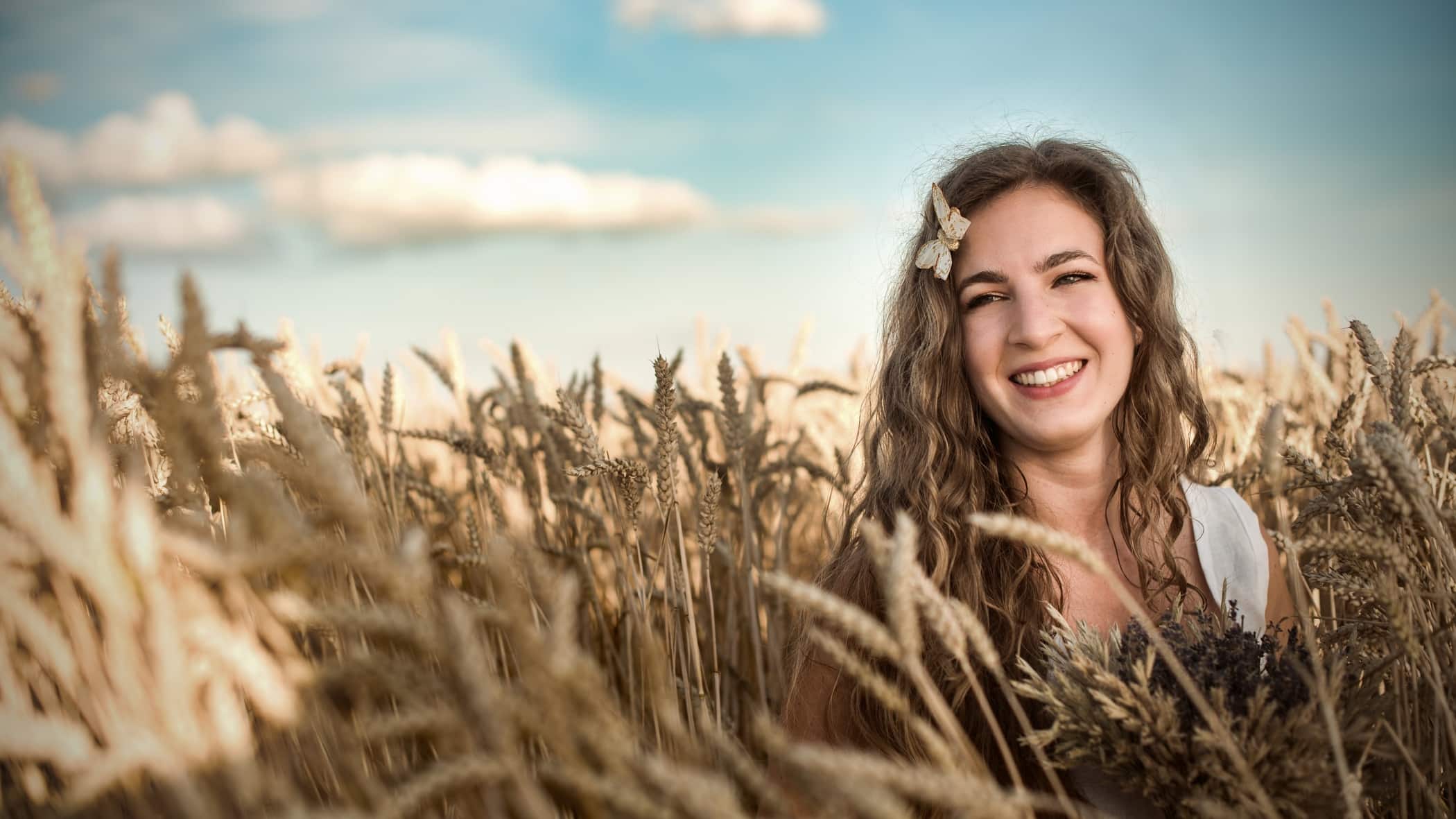
Every season has a different photographic potential and is ruled by different forces. Autumn has gorgeous colors, winter brings snow, in springtime everything’s blooming, and summer has its strong golden hour. Every year brings opportunities that only last for a few weeks, but when you use them well, you can get great photos—so you have something to look forward to year-round. Let’s explore the what’s, the how’s, and the potential of summer photography.
Summer offers many advantages. It’s hot out, greens and golds dominate, the days are long, the beaches are open, sunflowers are in bloom, and the fields are golden. However, several pitfalls await you too. The weather is unpredictable, it’s painful to shoot before the evening, and the heat often gets in the way. So let’s go over the benefits summer brings and how to harness them, while also noting what to watch out for and how to deal with summer’s pitfalls.
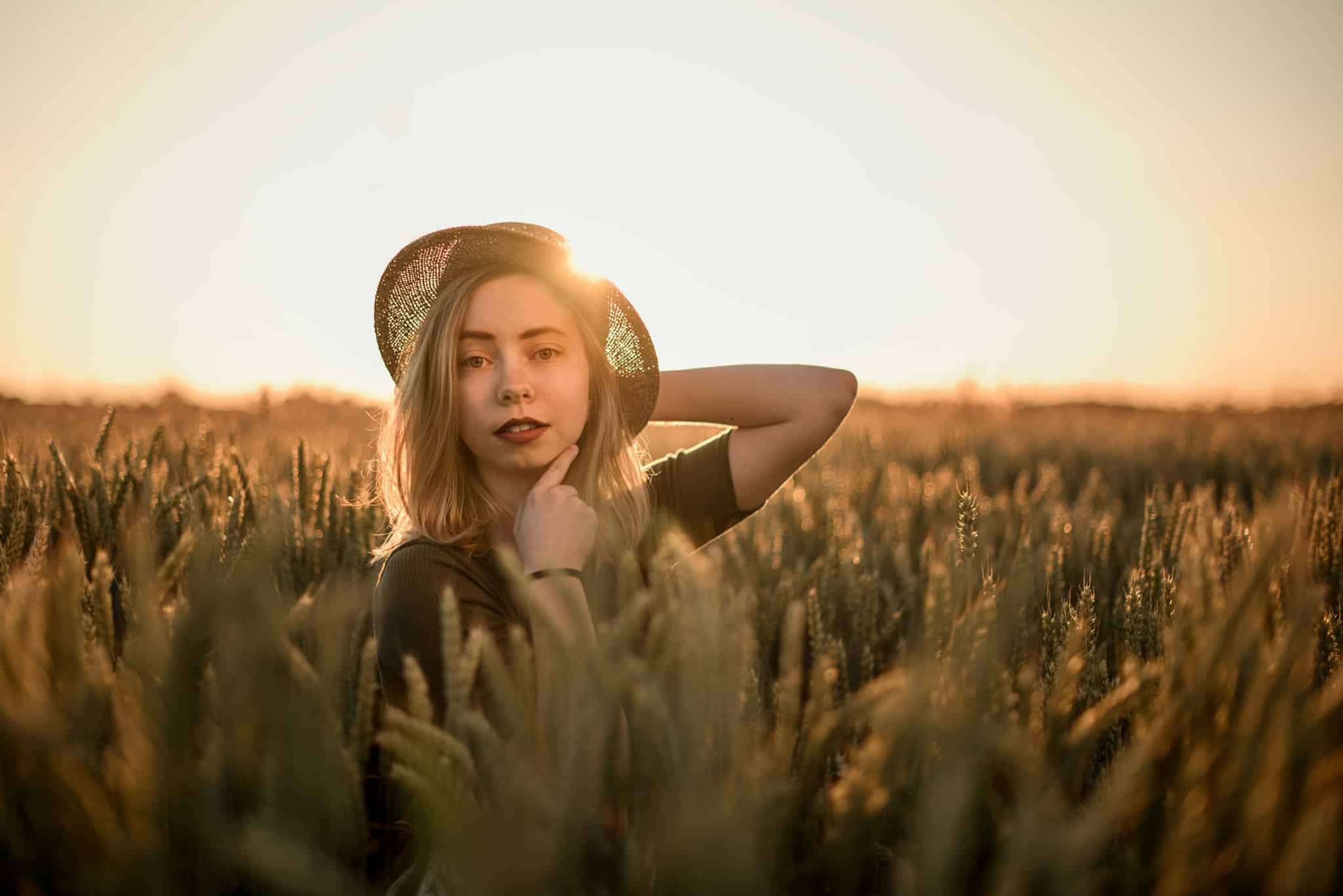
The Golden Hour
The Golden Hour is summer’s main strong point. Check when the sun will set and head out to shoot at that hour. The best shots come when the sun meets the horizon. Make sure to bring a reflector with you; it’s your best friend. The setting sun can provide backlighting and a wondrous atmosphere—but you can also get stuck with a darkened face. That won’t happen if you bring a reflector and restore light to the model’s face using its gold side.
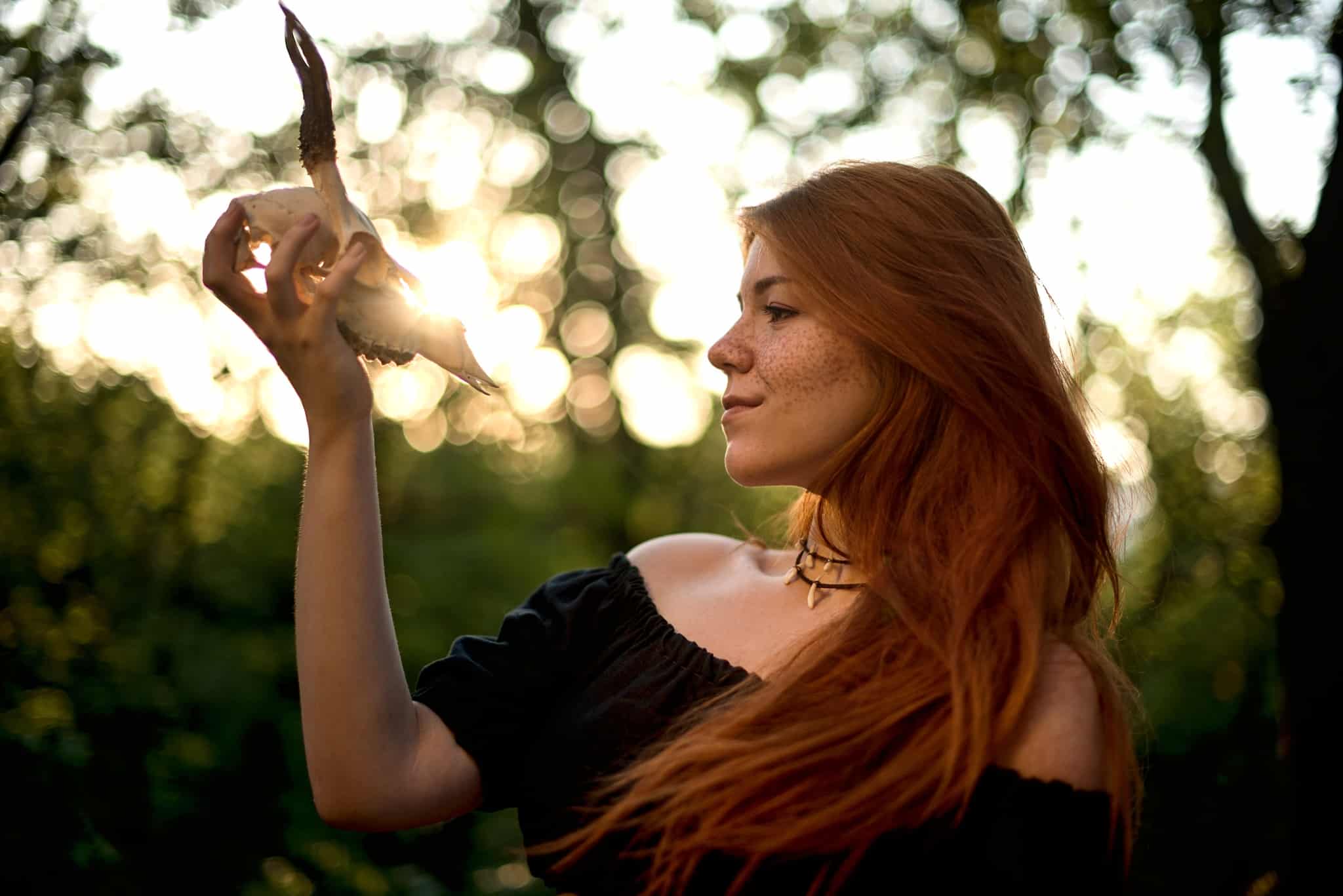
But watch out; the light from a reflector can be very strong and harsh. If the model is bothered by the light, have them close their eyes until you press the trigger. A reflector can be as strong as a spotlight when it’s turned the right way. Anyway, you can play in many ways with the sun behind the model. Sometimes it will wonderfully illuminate their hair, clothing, or scarf. And sometimes it will just lay around at the photo’s edges and complete the composition.
Put Those Long Days to Work
Late sunsets are another advantage of summer. You can head out after work and shoot in beautiful locations, which won’t be crowded, since it’s evening. If you’re working out details with your model and one (or both) of you has traditional working hours, you can take advantage of how late it gets dark. In summer, the Golden Hour tends to come between 8 and 9 p.m. And if you want to use a tourist-heavy spot like ruins or a nature park, after seven you won’t meet as many curious tourists: they’ll have headed home for dinner long before.
Photogenic Fields
Golden fields are photogenic, but you have to navigate them carefully and respectfully. The best option is to take advantage of tractor trails and spots already beaten down by the wind and rain. For a simple portrait, you can just take one step into the field and then have grain both in front of and behind the model. Grain fields are definitely the most beautiful option. But they’re only at their best for 2–3 weeks in June, then they’re threshed, and you’ve missed your chance for a year. Ideally, plan your “field” shoot for the first half of July. Poppy fields are beautiful too.

Just Add Water!
In summer, swimming isn’t just possible—it’s pleasant. And photography in water is fun and refreshing. Literally. Heading out to the water feels good, it’s a good place to photograph women and men in their best beach bodies, or take playful photos of kids. Water is beautiful, it’s in motion, it dances, and in summer it’s easy to capture, because there’s lots of light around to produce impressive results. And fantastic reflections. Also: if you have the courage and gear for it, try underwater photography too. You can even photograph dogs in water if they’re the swimming sort. And you can shoot in the rain as well. Although these photos will be short on light, they will have a different and original touch.
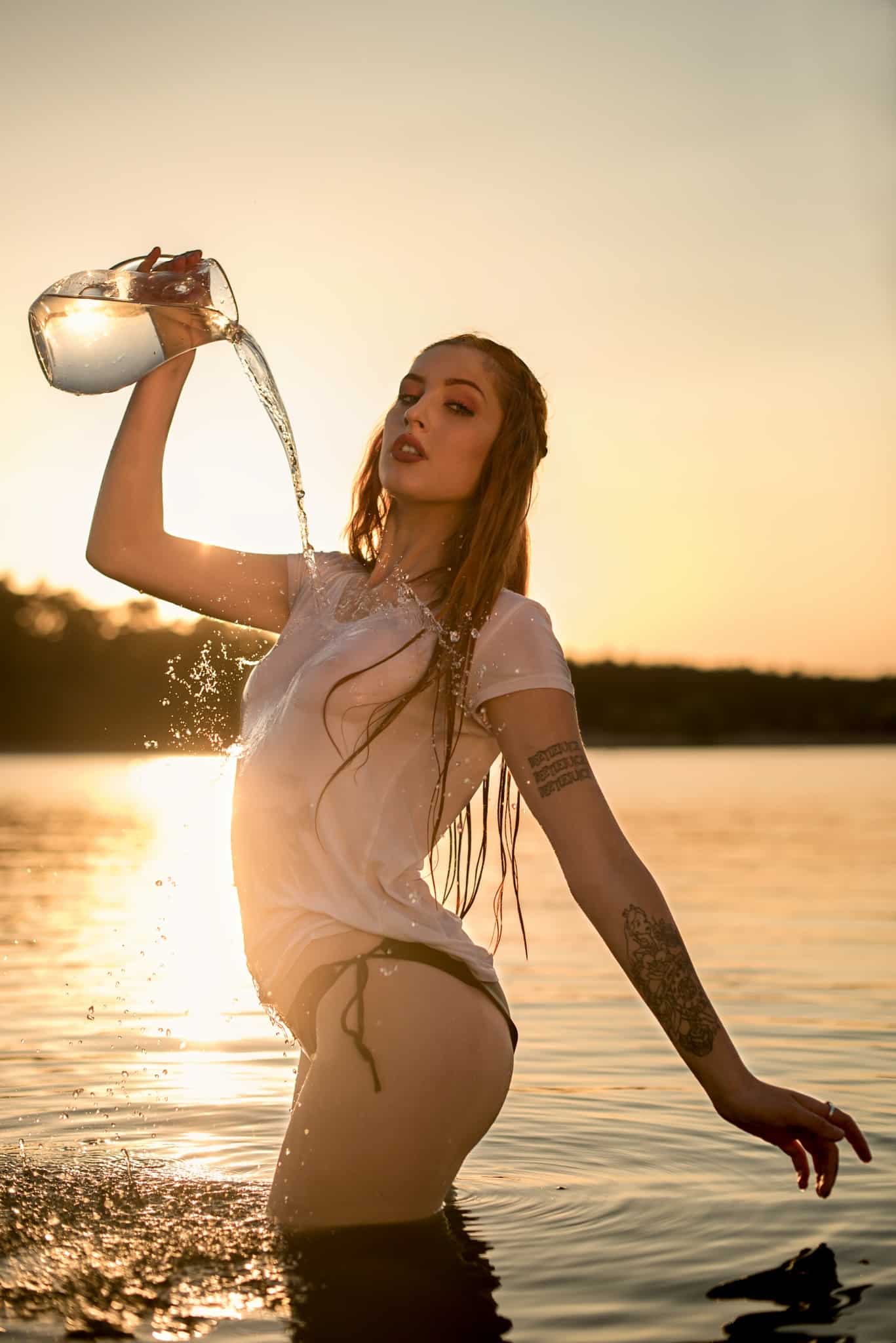
Flowers in Their Full Beauty
Sunflowers and meadow flowers are beautiful and make for great photos, but here again you have to respect nature, especially when it offers you so many opportunities. At minimum, don’t trample any flowers or other plants. By acting politely, you avoid damaging every other photographer’s good name and closing off future possibilities for them—or yourself.
In any case, these flowers are another early-June situation. They’re also gorgeous. If you’re in Europe or Asia, try purple tansy too; it’s almost as beautiful as lavender. It’s planted to attract bees and brings in a lot of them, so be careful, though. And overall, mind your allergies; in summer, insects and pollen are everywhere, so it’s good to bring anti-allergy medicines with you.
Sunflowers are enormous and powerful. They do tend to turn towards the sun, but they have unique colors and character. Take sunflowers as partners, not flowers. And also take note of the other flowers, especially meadow flowers, you’ll often find growing along ditches or in city parks. Things like chamomiles, daisies, cornflowers, clover, and campions are often found in fields together, forming colorful, photogenic clumps. Because they’re basically field weeds, you can freely pick these flowers and knit them into a wreath or make a small bouquet. Cities, meanwhile, are heavy on roses and other cultivated flowers.
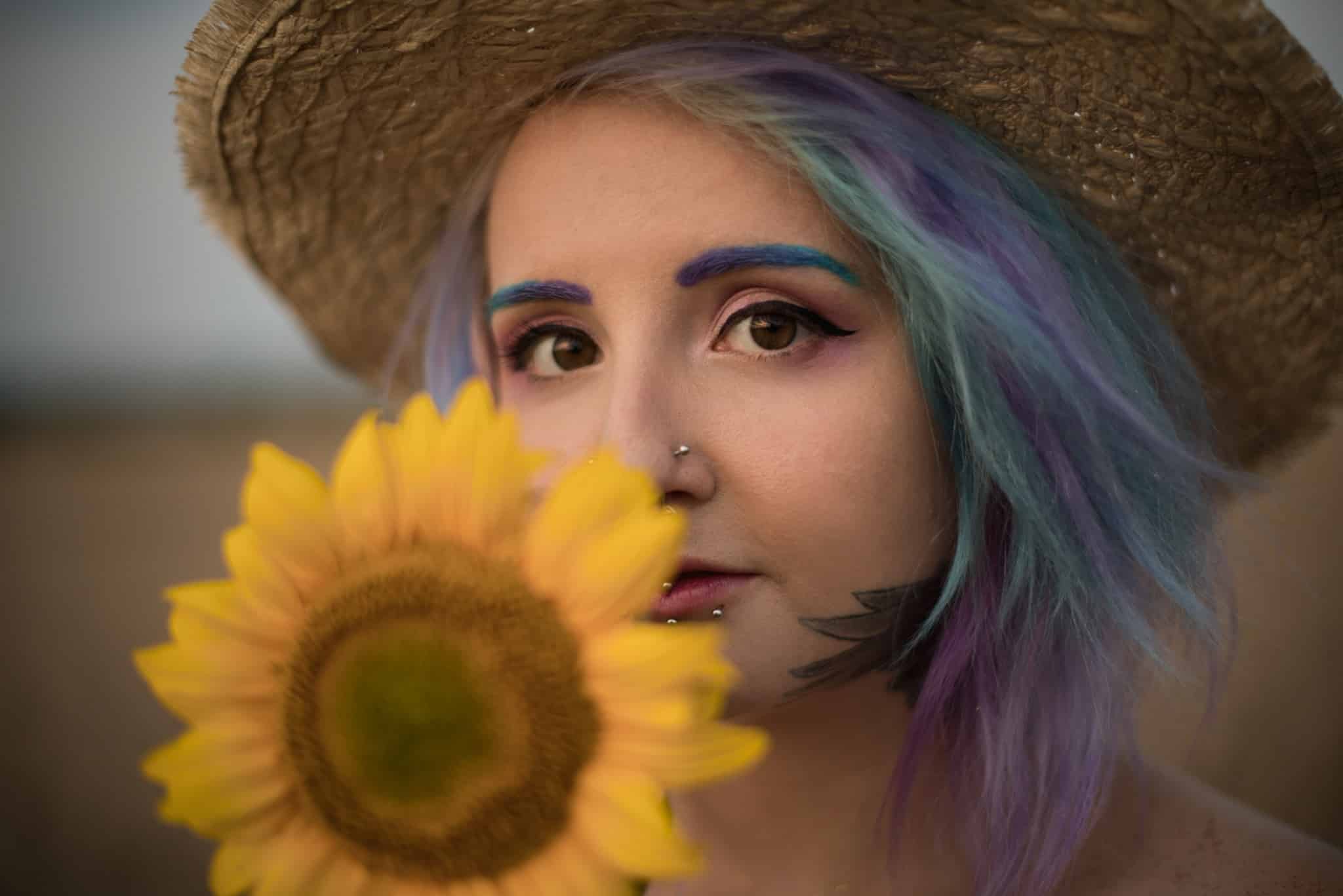
Hot Weather and Rain
Summer’s heat is both an advantage and disadvantage. You can photograph lots of beautiful dresses, light blouses, swimsuits, and even nudes. You can get playful with light textiles, give play to human curves, and keep shooting until late evening. You can head to the water or the woods, and even if it starts raining, you won’t get cold and can still finish your shoot—although it will be a bit gloomy. The main benefit of the heat is that people’s clothing gets more interesting. But it’s also behind two basic rules you should observe in summer.
- Drink a lot; always have water with you.
- Don’t stay in the sun too long: you could get sick, and so could your model.
Summer’s Photographic Pitfalls
Now we’ll summarize the downsides of summer and advise on handling them. As we’ve mentioned, you need to take a lot of water with you, try to stay out of the sun, and respect the heat.
We recommend bringing OTC allergy medicine with you, mainly because of the insects, pollen, and freshly mowed lawns. Naturally if you already know about your allergies, you already do this, but you never know when a new allergy will appear.
We strongly recommend against shooting before 6 p.m.; before then, the light is very strong and hard to work with. Sharp shadows, overexposed photos, and heat will act against you. So meet up at seven; you’ll still have light until nine. Naturally in the fields and forests it gets dark earlier.
Weather forecasts will only get you so far. It can suddenly rain even on a nice day. But two solutions exist here. You can either use the rain to your benefit, or let it pass if possible. Summer storms tend to gust in and gust out. Not always, but the chance is there. So be sure to carry an umbrella. If you want to take pictures in the rain, definitely give it a try—it’s fresh and fun—but watch out, or your gear could get wet.
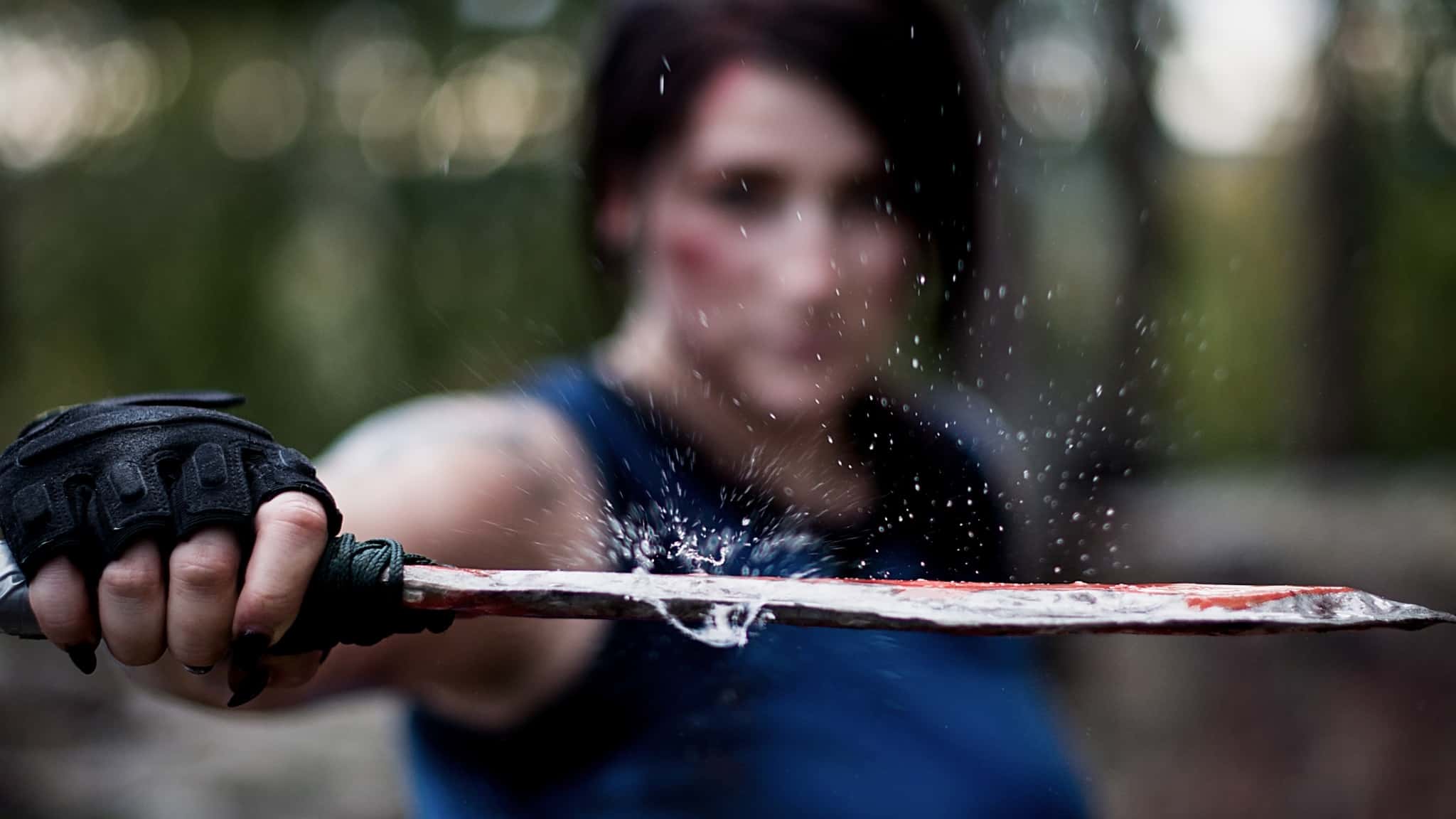
In Closing
Summer is a great time of year, when nature is vivid, green, and strong. The weather is on your side overall, there’s more time than usual, and more energy on all the long days. You’ve got options that only appear once a year. And when summer’s over, you can move on to use the benefits of the next season—autumn. We’ll be telling you about those come autumn!


There are no comments yet.